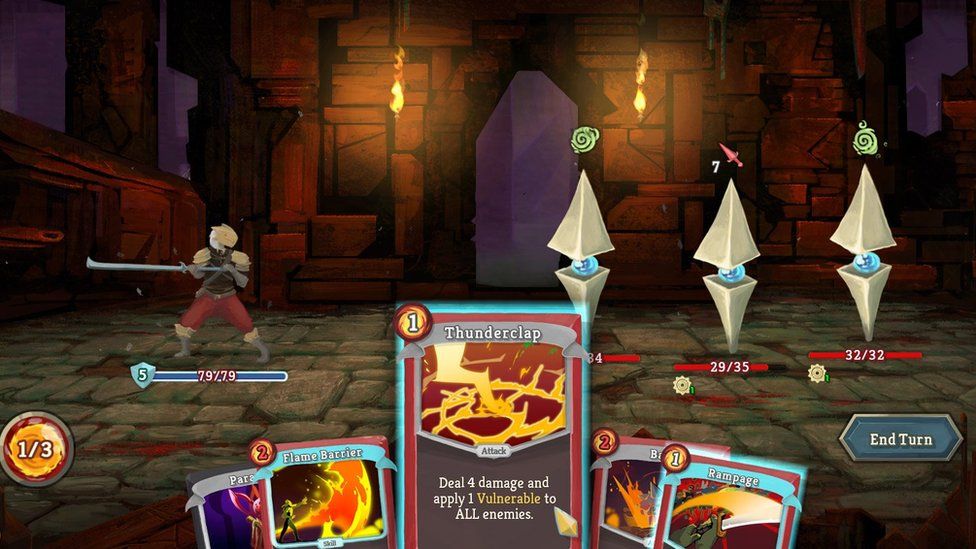

However, their blade shape varied over time-some versions were similar to a modern machete, while others to a saber blade. These swords were single-edged and efficient for cutting and were too unbalanced to thrust well. Other single-handed swords evolved into falchions with heavy blades that swelled toward the point. By the 13th century, knights used it with maces, axes, and flails. Later, the daggers accompanied the sword in the Levant. Swords of the late crusading period typically had slightly curved quillons and a blade that tapered to the tip. The early crusader swords generally had straight quillons and a broad blade with a fuller, almost reaching the point. Generally straight and double-edged, it was suited for use against mail armor. The Crusades spanned from the late 11th century to the 13th century, so the typical crusader sword or Knights Templar sword was the arming sword. Crusader Sword French Crusader Sword, 13th century ( Source)ĭuring the crusading era, the sword served as the knight’s most valuable weapon in close-quarters combat. The relatively large pommels also shifted the weight towards the hilt, making the sword more maneuverable at the cost of reduced weight in the cut. However, some examples already existed in the region, even before the Anglo-Norman invasion of Ireland in the 12th century.Īrming swords with sharply tapering blades penetrated better when used for thrusting. The early Irish swords were the typical knightly swords, which the Irish likely adopted from the Anglo-Norman knights. Early arming swords had simple straight crossguards, but later swords had quillons, or arms of the crossguard, that curve toward the blade. They follow the cruciform pattern of many medieval swords. Most popular from about 1000 to 1300, the arming swords have a single-handed grip, a long, double-edged blade, and a sharp tip. The sword-and-buckler fighting was common among foot soldiers and its techniques are not uncommon in many medieval manuscripts. Hence, the other hand could use a small buckler shield for parrying. Named because the men-of-arms wore them, the arming swords, sometimes called knightly swords, were cut-and-thrust weapons used with one hand. Since swords were items of great value, only successful Viking raiders owned them and handed them down through generations. The warriors carried the sword on the left side and a fighting knife across the waist. Early sword blades were straight and single-edged, but by the 10th century, double-edged swords became common. The Vikings used their swords for slashing or hacking.

The so-called Ulfberht swords featured crucible steel blades. The Viking sword evolved from the Roman sword spatha, but there were many variations, especially in the guard, hilt, and pommel.

Their primary weapons were axes and spears, though some carried long, straight, double-edged swords with a rounded tip. Viking Sword ( Source)įrom the 9th to 11th centuries, the Scandinavian Vikings plundered areas across Europe and beyond. Here are the different types of medieval swords: 1. It is impossible to talk about a single type of sword defining the medieval period, as it took a variety of designs. The Middle Ages began in the 5th century after the fall of the Western Roman Empire and ended at the beginning of the Renaissance period, commonly interpreted as the 14th or 15th century. Let’s explore the history of medieval swords, how they evolved into different types, and where you can get them online. Throughout the crusading period, many wars were fought in the name of the religions of Christianity and Islam, and swords played a significant role in combat. Medieval sword and blade designs adapted to military tactics of the time, with some that were more suited for thrusting and others for cutting. In the Middle Ages, swords served as a symbol of the status and prestige of medieval knights.


 0 kommentar(er)
0 kommentar(er)
